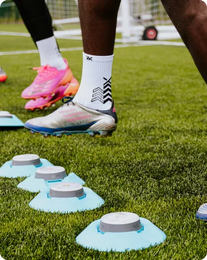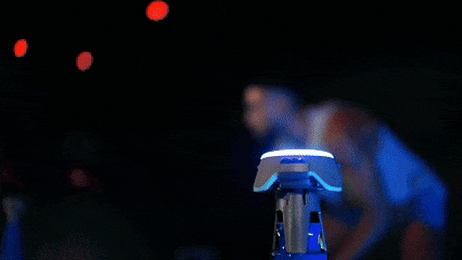We can define reaction time in sport as the interval between an athlete seeing their opponent’s move and responding to it.
It can be classified as simple reaction time and complex reaction time. The difference between these two types is the number of stimuli the body experiences in order to respond.
Here’s an example to explain things in an easy manner.
Imagine a group of athletes standing at the starting block of a sprint. The gunshot is fired, and the athletes start moving. The sound of the pistol is the stimulus, and the first move of the athletes is the response.
The time between these two, no matter how small, is the reaction time.
What is reaction time in physical fitness?
Reaction time, in physical fitness, is the time needed to respond consciously to an external stimulus.
An important thing to note here is that reaction time must not be confused with reflexes.
Reflexes are involuntary. For instance, if your hand touches a hot plate, you immediately pull back. That is a reflex. Your brain is not involved in reflexes; the signal just travels to the spinal cord, orchestrating the response.
On the other hand, reaction time is when the brain has to process the information.
Factors that determine the reaction time
The factors that determine the reaction time are:
- Perception.
- Processing.
- Response.
Importance of reaction time in sports
When playing sports, an athlete can be subjected to a range of different stimuli. They can be of visual, kinesthetic, or auditory nature or a combination of all of them.
Victory or defeat in any sport is typically decided by milliseconds and entirely depends on the player’s reaction time.
No matter how good an athlete is at a sport, if they cannot respond fast enough to the stimuli, their chances of winning will not be as good as one that does train for a better reaction time. Learn about all the different ways you can incorporate reaction time training into your regular workouts and exercises by using Blazepod pods.





















